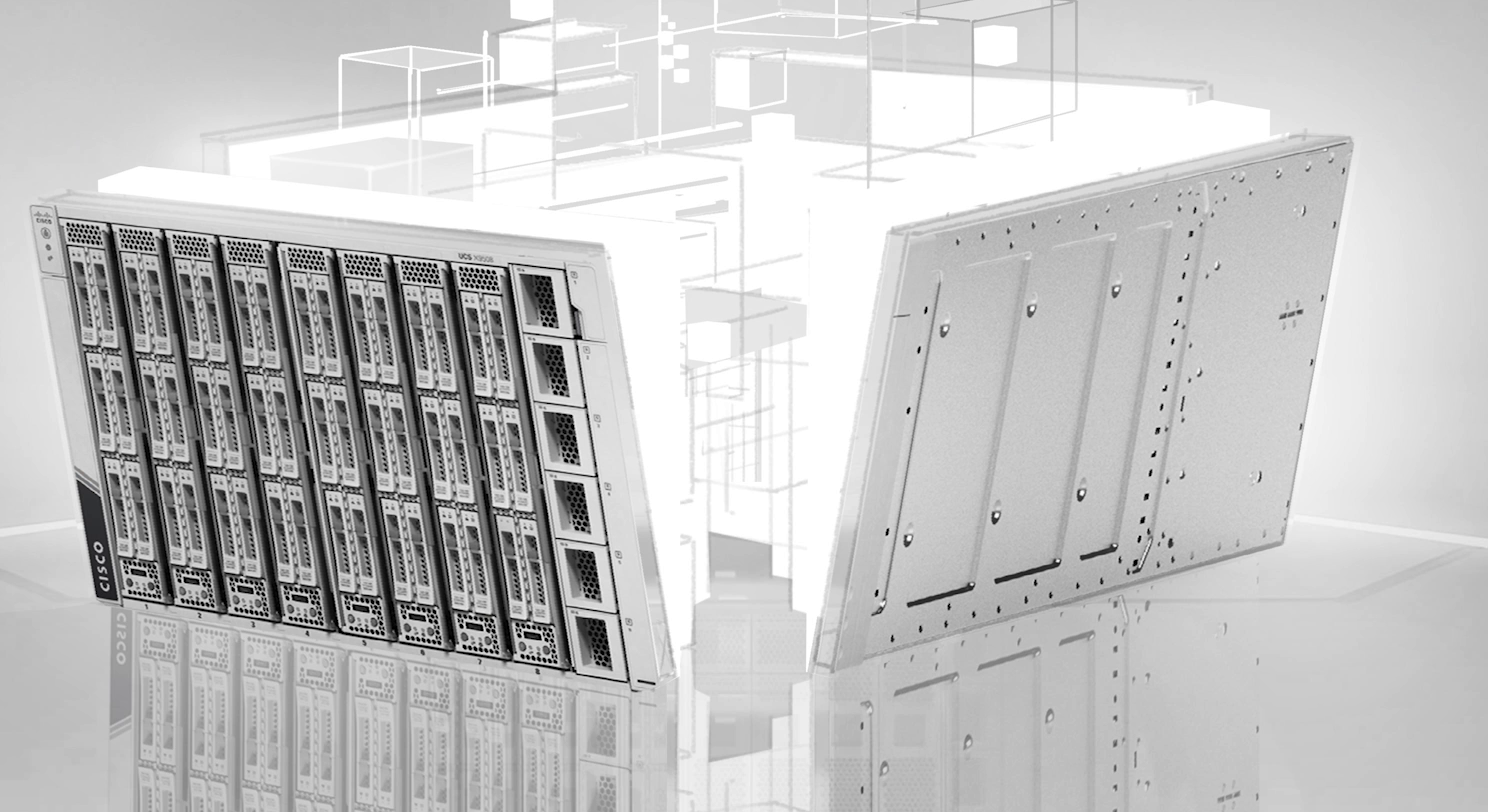- I recommend the Pixel 9 to most people looking to upgrade - especially while it's $250 off
- Google's viral research assistant just got its own app - here's how it can help you
- Sony will give you a free 55-inch 4K TV right now - but this is the last day to qualify
- I've used virtually every Linux distro, but this one has a fresh perspective
- The 7 gadgets I never travel without (and why they make such a big difference)
Automation with UCS X-Series leveraging Cisco Intersight and Ansible

Since the beginning, Cisco UCS management has always been API first. It is still the same today with Cisco Intersight.
Ansible
Many customers have chosen Ansible for their orchestration and automation needs. Ansible is an open-source, script-based, suite of tools that enables IaC (infrastructure as code). It supports provisioning, configuration management, and application deployment. Intersight’s modularity and extensibility are key to fully support Ansible via its API.
The integration of Cisco Intersight and Ansible by Red Hat provides a software-defined approach to the management of the entire hardware and software stack. This solution delivers some significant benefits. You can orchestrate all the steps needed to configure the full range of Cisco UCS X-Series, B-Series, C-Series servers, HyperFlex, and converged infrastructure products. As a result, you achieve faster build times, because the entire application stacks can be provisioned automatically in minutes. You can also automate Intersight policy, resource pool, and resource profile configurations and ongoing management including the ability to detect and remediate unintended changes.
Cisco’s DevNet team has released an Ansible collection for managing and automating Cisco Intersight environments on GitHub to get you started.
In the video, Sr. Product Manager Olli Walsdorf walks you through just how easy it is to configure UCS X-Series and Intersight with Ansible.
UCS X-Series
X-Series is first x86 system exclusively designed for the age of hybrid cloud. It blurs the lines between rack and blade systems. Most importantly is its ability to be managed from the cloud with the tools you choose whether that is exclusively Intersight or by extending Intersight’s functionality with tools like Ansible.
What’s next
Come back next week to read about X-Series and Red Hat OpenShift.
Resources
Share:

